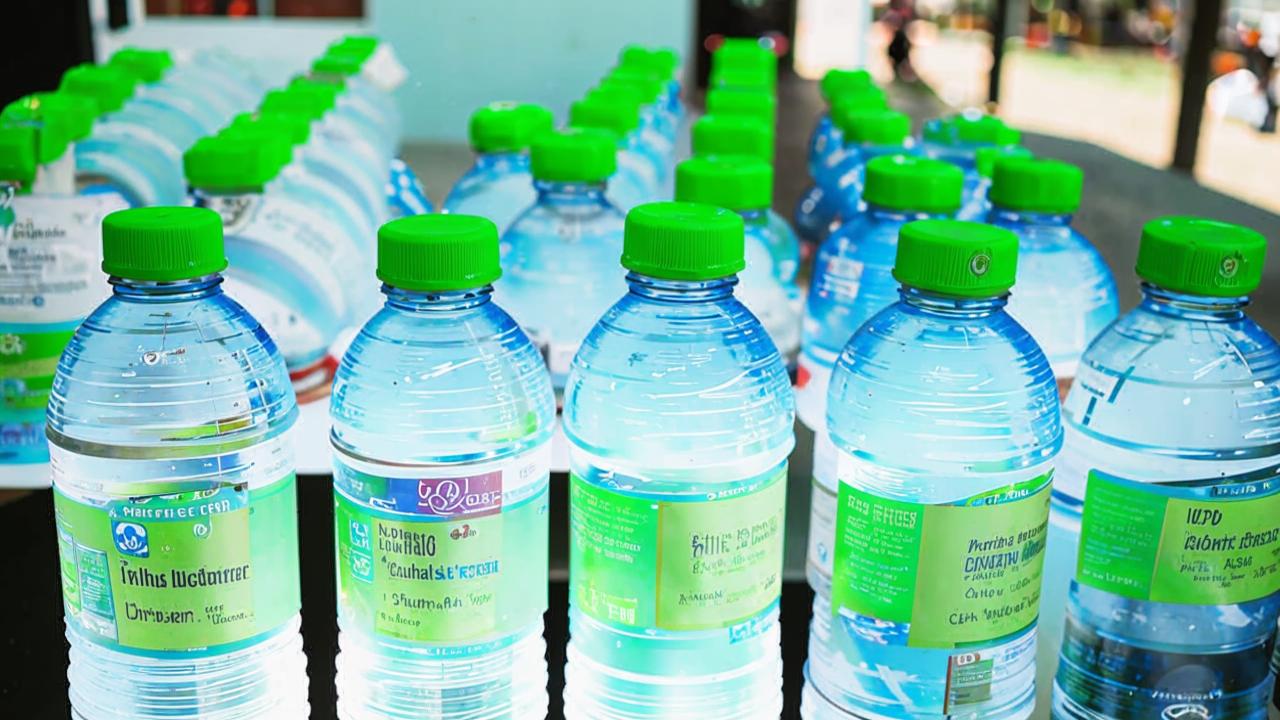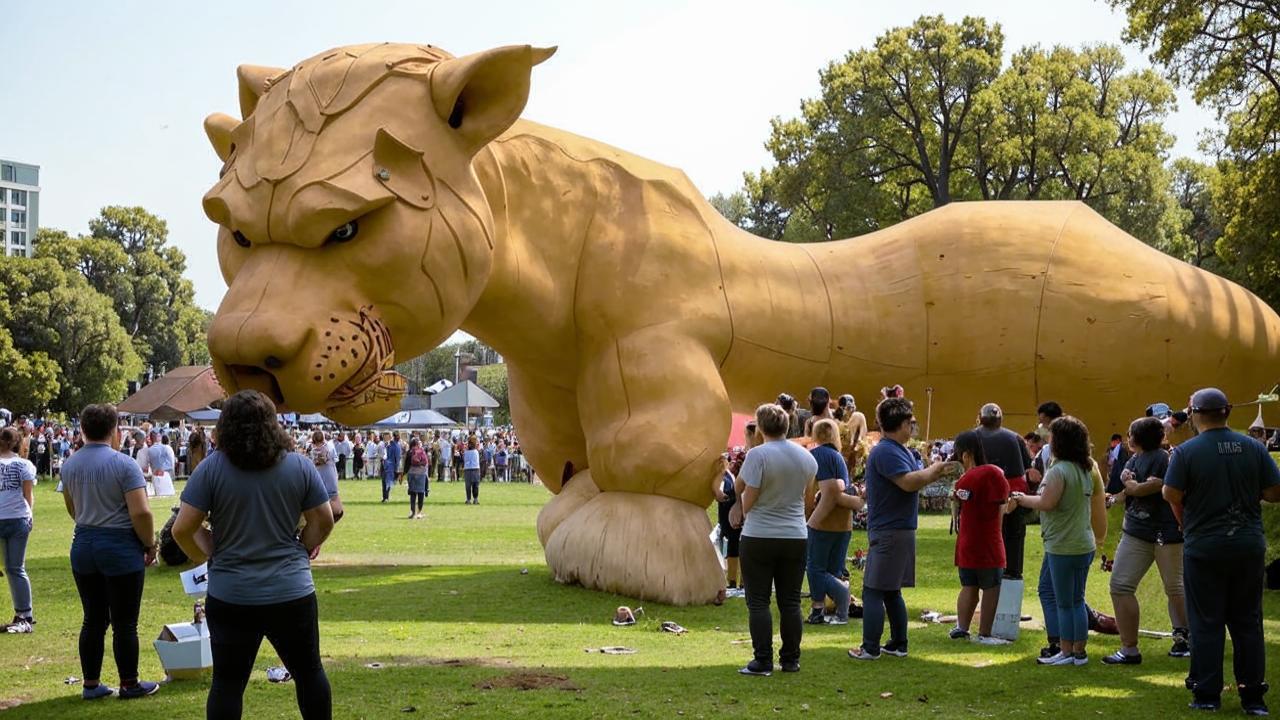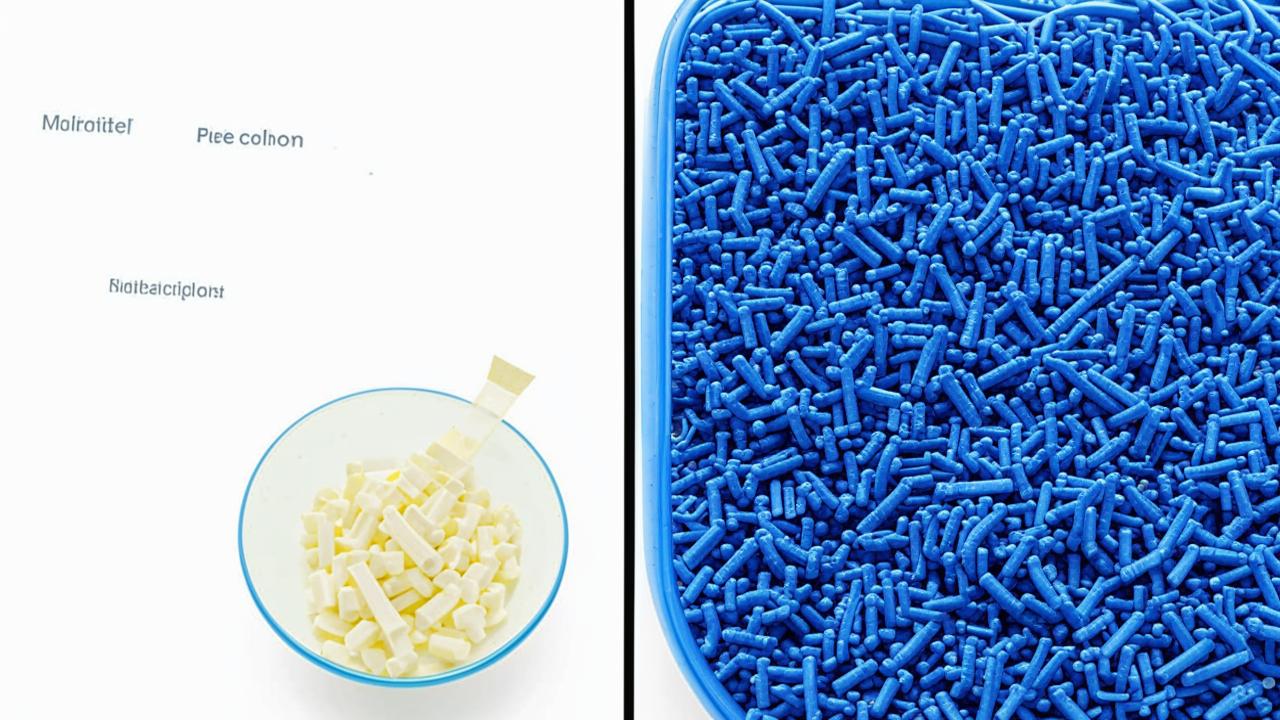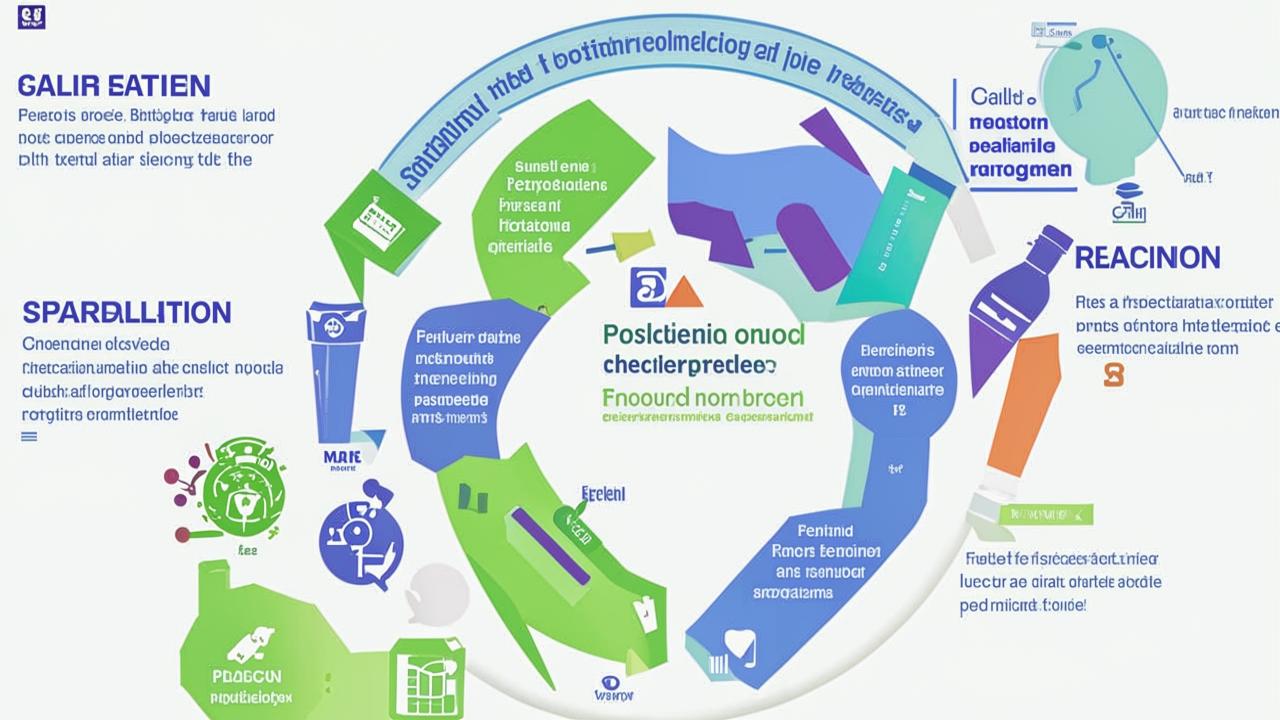It is important for every person to maintain water balance both in training and in everyday life. We are sure that almost everyone has heard about the recommendation to drink two liters of water a day. Of course, this is a myth, and the norm for everyone is individual. However, this does not detract from the fact that water is a vital resource.
For athletes, proper restoration of water balance is not a recommendation, but a necessity. It is important for athletes to drink both in training and in competitions. After all, otherwise there is a risk of encountering dehydration. At major events, such as mass races, organizers prepare drinking water in advance so that athletes can drink water during a particular section of the race.
It is usually offered in paper cups. This is convenient for runners, but very harmful to the environment, because the containers we are used to can hardly be recycled. As a result, hundreds of kilograms of non-recyclable waste are left after the competitions, which are sent to landfills and significantly increase the ecological footprint of sporting events.
What might be the most convenient and sustainable alternative for both the athlete and the environment? You may be surprised: the plastic bottle. It’s completely recyclable. But can this plastic bottle become even more environmentally friendly?
In 2022, SIBUR created Vivilen, a polymer pellet containing up to 30% recycled plastic. It is used to create safe and environmentally friendly packaging for beverages and cosmetics. And now more and more product and beverage manufacturers are choosing Vivilen to create their packaging.

Runners were able to get acquainted with Vivilen at the Moscow Marathon, which took place in Moscow at the end of September. About 30,000 runners took part in the country’s most popular race, and everyone had an opportunity to take part in an environmental action from the organizers and SIBUR. It was first held as part of the race in 2022, and this year it was continued.
Paper cups were replaced with small plastic water bottles, and special long containers were placed along the entire course, where it was convenient to throw away used containers right on the run without slowing down. But what happens to the plastic next? How does a bottle recycled yesterday return to the packaging of our usual goods on the shelves of stores today and is it safe?

The steps of plastic recycling
Let’s look behind the scenes of the process to understand in detail what happens to the containers.
Step 1 – Disposal
This step involves all of us when we throw plastic in the recycling bin. It is especially great if you do not ignore the possibility of self-sorting and use containers for separate waste collection (in yards you can often find special net bins for collecting plastic).

Step 2 – Additional sorting
All collected plastic bottles are brought to a waste sorting facility. There they are unloaded onto a conveyor belt, where they are automatically sorted. If necessary, they are also sorted manually.
Step 3 – Cleaning and shredding
At this stage, the packaging is prepared for recycling. The sorted containers must be thoroughly washed, cleaned and then shredded. As a result, we get fine plastic crumbs – PET flexa.

Step 4 – Granulation
Here begins the process of creating new products from recycled plastic. Using a special technology, the crumb obtained from previous bottles is mixed with primary raw materials. As a result, we receive Vivilen polymer granule – a mixture of primary and secondary plastic, which can be used to produce new packaging for goods and beverages. The technology has positive conclusions of independent laboratories about compliance with all necessary standards, including food safety.
Step 5 – New life
Packaging and products with the addition of recycled plastic can be found on the shelf in different forms. It could be a new water bottle, a bottle of shower gel, a fleece sweatshirt, a t-shirt or a jacket whose filling will be made from a recycled plastic bottle that you recently recycled.
See the recycling cycle more clearly in our infographic.

What do the statistics say?
Over the past two years, the Moscow Marathon has collected about 350,000 bottles that have been successfully recycled and given a new life – that’s more than 8 tons of plastic. To show the possibility of practical application of recycled plastic, the start bags of the participants of the Moscow Marathon 2023 included cosmetics – shower gel and shampoo, poured into Vivilen packaging containing up to 25% recycled plastic.
In this way, every properly recycled bottle goes back into the production cycle and helps reduce the burden on the environment. Don’t ignore this opportunity, dispose of your plastic in a separate recycling bin.
* Advertising. 0+
Advertiser: Autonomous Nonprofit Organization “Moscow Marathon”.
Erid: 2RanymcCwVi






